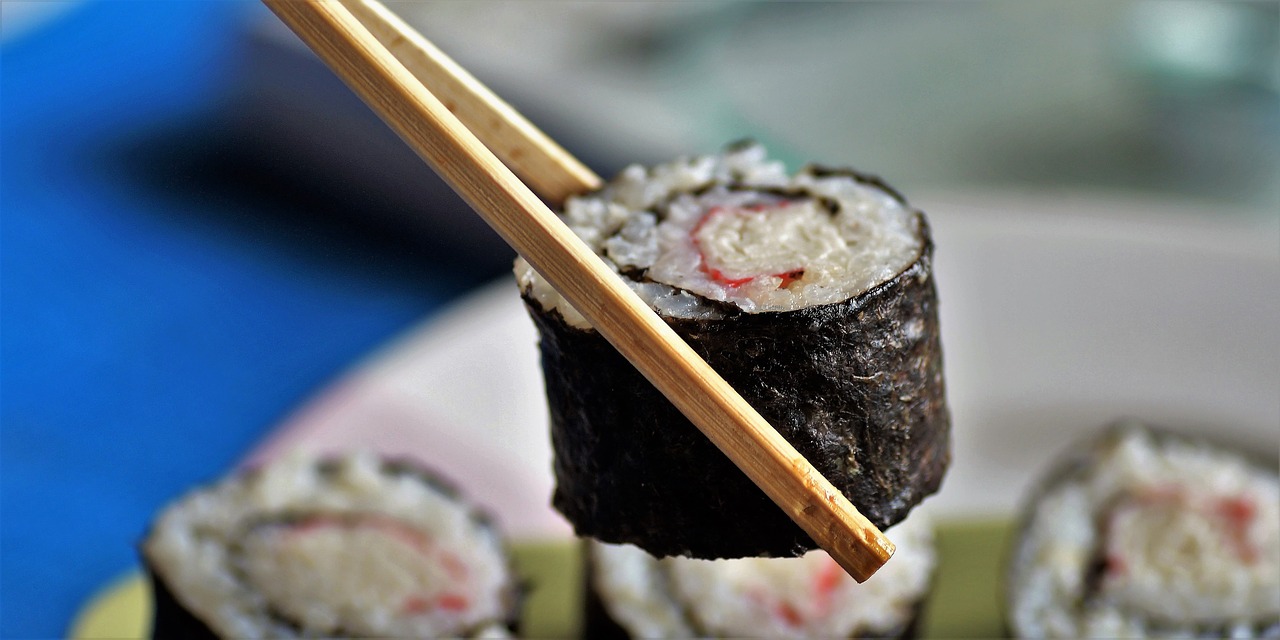Exploring the world of food and cuisine is a journey that takes one far beyond the confines of their local palate. The beauty of global flavors lies in their diversity, depth, and cultural significance. From the vibrant spices of India to the fresh, clean tastes of Japanese cuisine, every dish tells a story that is steeped in tradition and heritage. This exploration not only satisfies the taste buds but also broadens the understanding of different cultures and lifestyles.
Discovering Global Flavors: a Culinary Voyage
Embarking on a culinary voyage across the globe introduces a myriad of flavors that reflect the essence of their origins. Each region has a distinct taste profile, shaped by local ingredients, climate, and cultural influences. For instance, Mediterranean cuisine is renowned for its use of olive oil, fresh herbs, and seafood, resulting in light, flavorful dishes that are both delicious and healthy. In contrast, the robust flavors of Mexican cuisine, characterized by ingredients like chili peppers, corn, and beans, offer a bold and spicy experience that awakens the senses.
The exploration of these diverse cuisines reveals the intricate balance of flavors that chefs and home cooks strive to achieve. Understanding the harmony between sweet, salty, sour, and bitter elements is key to mastering global dishes. Whether savoring the delicate umami of a Japanese miso soup or the tangy, aromatic complexity of a Thai green curry, each bite offers a glimpse into the culinary soul of a region.

The Role of Ingredients in Shaping Cuisines
Ingredients are the building blocks of any cuisine, and their availability often dictates the flavor profile of a region. For example, the abundance of fresh seafood in coastal areas influences the culinary practices of these regions, as seen in the vibrant ceviches of Peru or the diverse sushi offerings in Japan. Similarly, the rich, fertile soils of Southeast Asia produce an array of spices and herbs, such as lemongrass, ginger, and turmeric, which are central to many dishes in the region.
In regions where certain ingredients are scarce, creative substitutions have led to unique culinary innovations. This adaptability is evident in the use of preserved foods and fermentation techniques, which have become hallmarks of various cuisines. Korean kimchi, German sauerkraut, and Indian pickles are just a few examples of how preservation has not only extended the shelf life of ingredients but also added distinct flavors to traditional dishes.
Exploring Regional Specialties and Traditions
Each region around the world boasts specialties that are often tied to local customs and historical influences. In Italy, the varied pasta dishes reflect regional identities, from the rich, meaty ragù of Bologna to the simple yet elegant aglio e olio of Naples. Similarly, the aromatic spices and intricate cooking techniques of Moroccan tagines tell the story of a country at the crossroads of African, Arab, and Mediterranean cultures.
A bullet list of must-try dishes from around the world includes :
- Paella from Spain: a vibrant rice dish cooked with saffron, seafood, and vegetables.
- Pho from Vietnam: a fragrant noodle soup with tender beef slices and fresh herbs.
- Tacos al Pastor from Mexico: spiced pork served on soft corn tortillas with pineapple and cilantro.
- Ramen from Japan: a savory broth with noodles, topped with slices of pork, seaweed, and a soft-boiled egg.
- Butter Chicken from India: a creamy, spiced curry served with naan or rice.
These dishes are not only representative of their regions but also showcase the diversity and creativity inherent in global cuisines.
The Impact of Cultural Exchange on Modern Cuisine
Cultural exchange has played a pivotal role in the evolution of global cuisines. The introduction of new ingredients and cooking techniques has led to the fusion of flavors and the creation of entirely new dishes. The global popularity of sushi burritos, for example, reflects the blending of Japanese and Mexican culinary traditions, resulting in a fresh, innovative take on traditional flavors.
The impact of this exchange is also evident in the widespread adoption of once-exotic ingredients. Quinoa, once a staple grain of the Andean region, has gained global recognition for its nutritional benefits and versatility in various recipes. Similarly, the humble avocado, native to Central and South America, has become a beloved ingredient in dishes worldwide, from the classic Mexican guacamole to trendy avocado toast in cafes around the globe.
Embracing Global Cuisines at Home
Adventurous home cooks can bring global flavors into their kitchens by experimenting with new ingredients and cooking techniques. Trying out a different cuisine can be as simple as incorporating a new spice blend or attempting a traditional dish from a different country. This not only enriches the culinary repertoire but also offers a deeper appreciation of the world’s diverse food cultures.
Creating a pantry stocked with essential global ingredients—such as soy sauce, curry powder, harissa paste, and coconut milk—enables the preparation of a wide range of international dishes. Additionally, investing in a few key tools, like a wok for stir-frying or a tagine for slow-cooked stews, can enhance the authenticity of these culinary explorations.
Experimenting with these new flavors and techniques allows for the discovery of exciting, delicious combinations, expanding both skills and tastes. Engaging with the diverse world of global cuisines is an enriching experience that connects people through the universal language of food.